20 Power Foods You Should Add to Your Diet to Boost Your Health
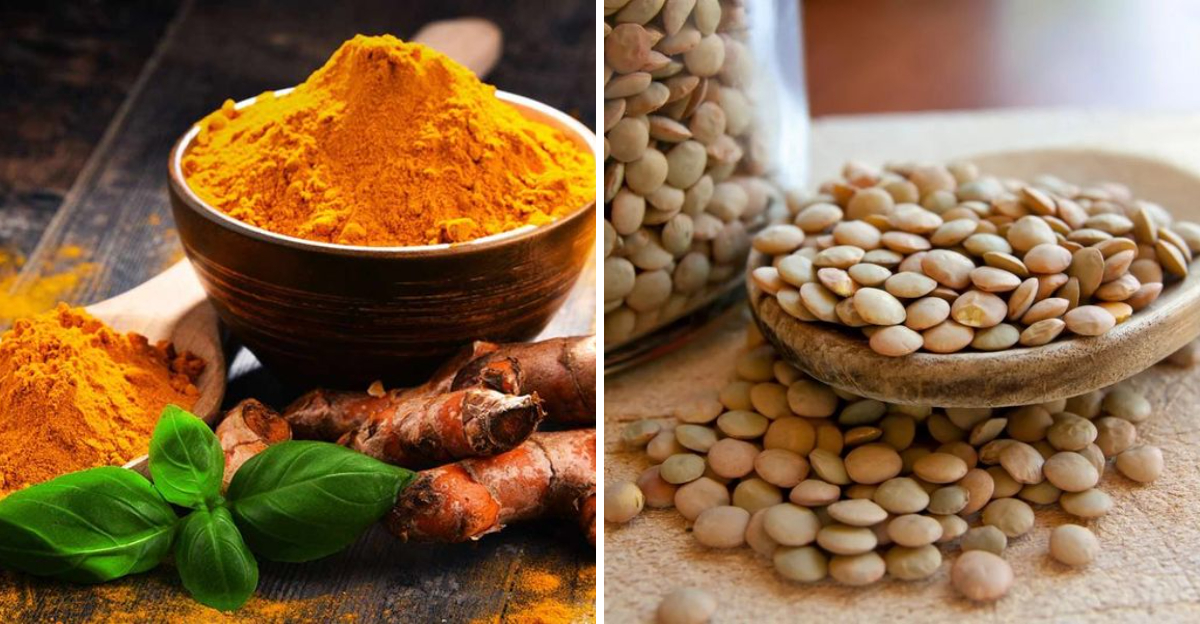
Incorporating power-packed foods into your diet can significantly enhance your well-being. These nutrient-rich foods provide essential vitamins, minerals, and antioxidants that support various aspects of health, from boosting your immune system to improving brain function. Explore these 20 power foods to discover how they can contribute to a healthier lifestyle.
1. Blueberries
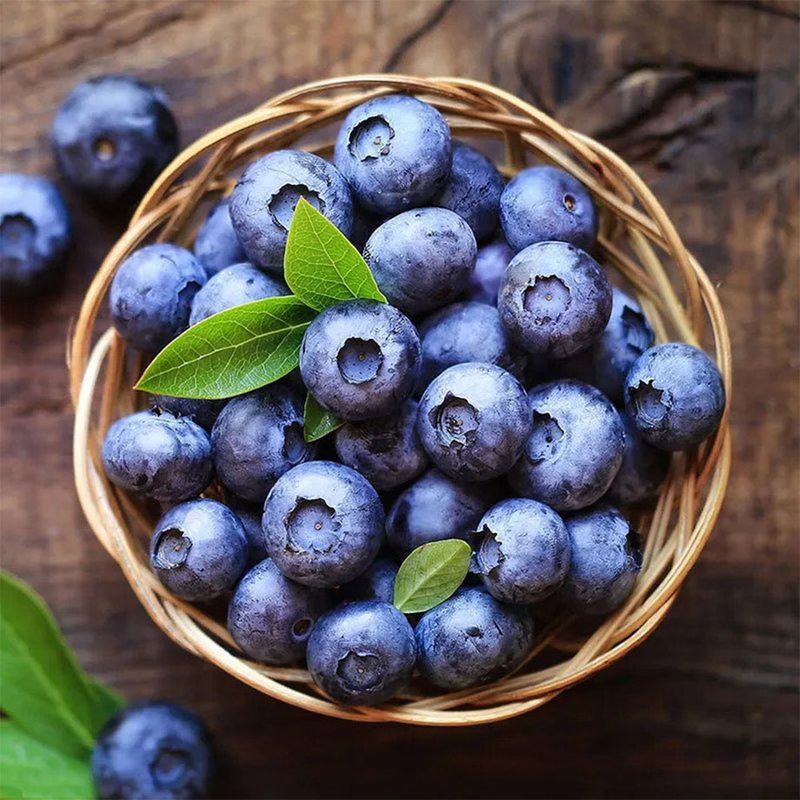
Bursting with flavor, blueberries are tiny wonders packed with antioxidants. These berries bolster brain health, combat inflammation, and support heart function. Their rich vitamin C content contributes to glowing skin and a robust immune system. Picture a handful of these deep blue gems atop your morning cereal, offering both taste and vitality. Known for their anti-aging properties, they help maintain youthful, vibrant skin. Try them in a smoothie or snack on them fresh. Native to North America, blueberries have been cherished for centuries for their health benefits, making them a timeless addition to your diet.
2. Spinach

Spinach, with its deep green hue, is a powerhouse of nutrients. Rich in iron and folate, it supports blood health and energy levels. Its abundant vitamin K content strengthens bones, while antioxidants promote eye health. Imagine the crisp texture and faintly bitter taste of fresh spinach leaves tossed in a salad or blended into a green smoothie. Its versatility makes it an easy addition to various dishes. Historically, spinach was a favorite ingredient of Persian cuisine before making its way to Europe in the 12th century, earning its place as a global staple.
3. Salmon

Salmon is a fatty fish celebrated for its omega-3 fatty acids, which are vital for heart and brain health. The pink flesh, tender and flaky, is rich in high-quality protein and essential nutrients. Picture a grilled salmon fillet, its skin crispy and golden, topped with fresh dill and a squeeze of lemon. These omega-3s help lower inflammation and reduce the risk of chronic diseases. Enjoy salmon baked, grilled, or raw in sushi. Historically prized by Native Americans, salmon has long been a valuable source of nourishment and continues to be a staple in modern diets.
4. Greek Yogurt

Creamy and tangy, Greek yogurt is a protein-rich delight. It’s packed with probiotics that support gut health, aiding digestion and enhancing your immune system. Imagine a spoonful of this velvety yogurt, mingling with honey and nuts, offering a satisfying balance of flavors and textures. Its high protein content makes it excellent for muscle repair post-workout. Use it as a base for smoothies or as a substitute for sour cream. Originating from the Mediterranean, Greek yogurt has charmed its way into diets worldwide, beloved for its health benefits and versatility in cooking.
5. Chia Seeds
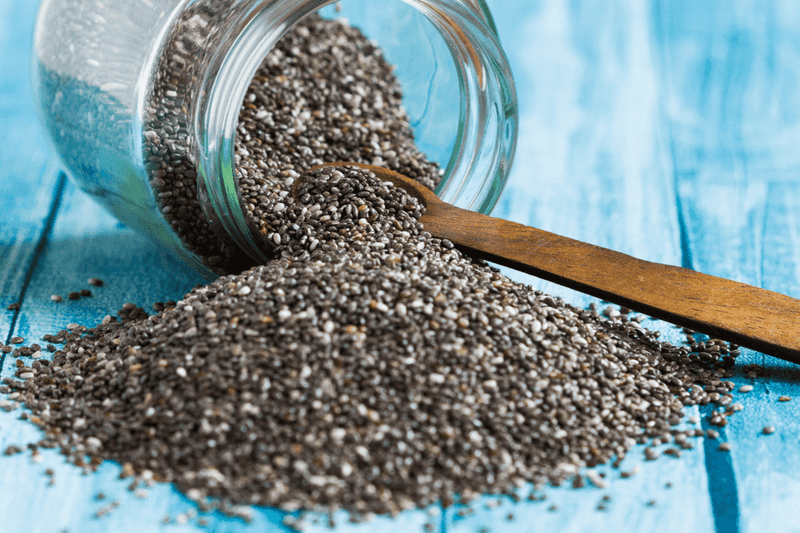
Chia seeds, though small, are mighty in nutrition. These tiny seeds are rich in omega-3 fatty acids, fiber, and protein. Stir them into your morning smoothie or overnight oats for a subtle crunch and nutritional boost. Picture chia seeds absorbing liquid, transforming into a gel-like consistency perfect for puddings. They support heart health and digestion while providing lasting energy. Originating from ancient Aztec and Mayan cultures, chia seeds were prized for their energy-boosting properties. Today, they continue to be a versatile and healthful addition to modern diets.
6. Sweet Potatoes

Sweet potatoes, with their vivid orange hue, are a delicious source of nutrition. Loaded with beta-carotene, they promote eye health and support the immune system. Imagine a perfectly baked sweet potato, its flesh soft and inviting, with a hint of sweetness. The fiber content aids digestion and keeps blood sugar levels steady. Whether mashed, baked, or roasted, they’re a versatile addition to meals. Native to Central and South America, sweet potatoes have been cultivated for thousands of years and remain a beloved staple in diets worldwide for their taste and health benefits.
7. Avocados
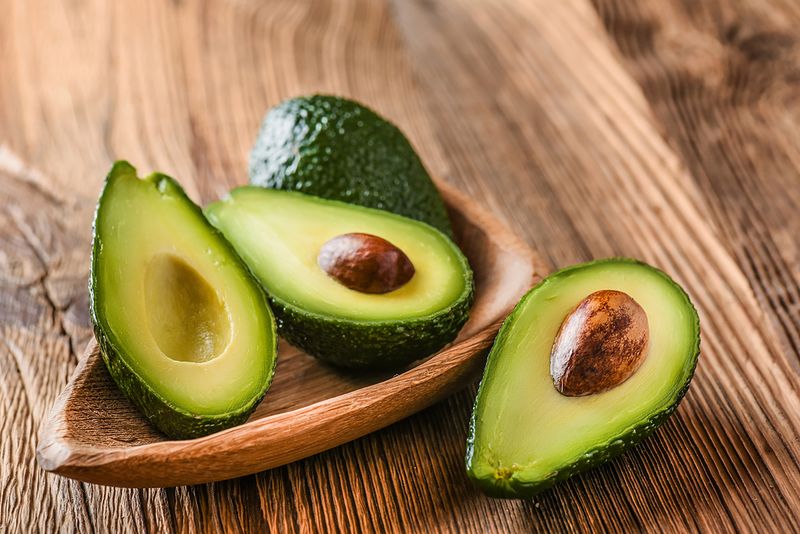
Known for their creamy texture, avocados are rich in heart-healthy monounsaturated fats. These green fruits, with their smooth and buttery flesh, are versatile in both sweet and savory dishes. Imagine an avocado spread on toast, with a sprinkle of salt and lime juice, or blended into a silky smoothie. Packed with potassium and fiber, avocados help balance cholesterol levels and provide long-lasting energy. Originating from south-central Mexico, they have been cultivated for thousands of years and remain a favorite ingredient for salads, guacamole, and more.
8. Broccoli
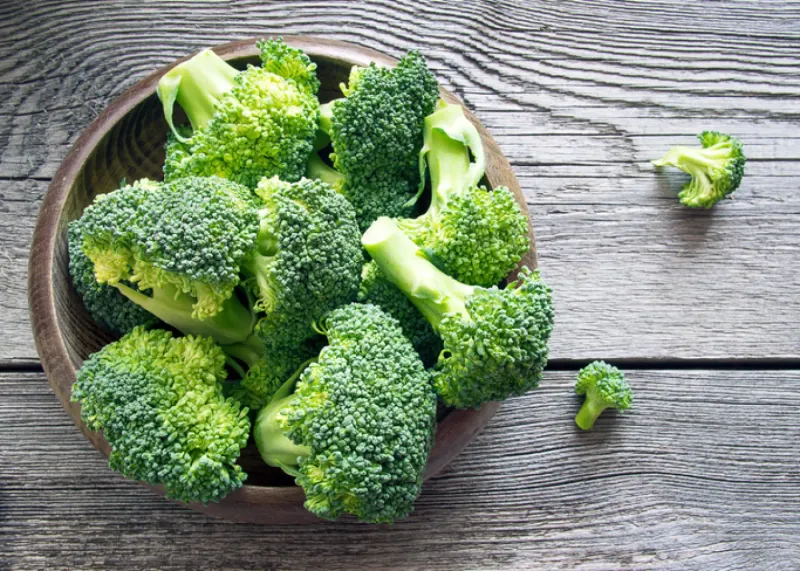
Broccoli, a cruciferous vegetable, is celebrated for its detoxifying qualities. High in vitamins C and K, folate, and fiber, it supports bone health and digestion. Picture vibrant green florets, slightly steamed to retain their crunch and nutrients. Perfect as a side dish or tossed in a salad, broccoli is both versatile and nutritious. Its natural compounds help reduce the risk of chronic diseases. Originating from the Mediterranean, broccoli has been a favored vegetable since the Roman era, prized for its health benefits and culinary versatility.
9. Oats
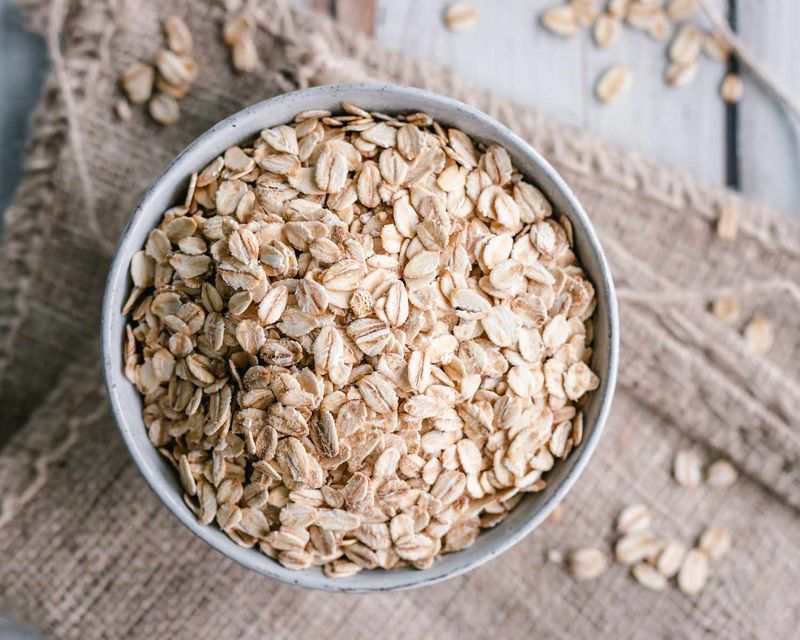
Oats are a comforting whole grain known for their heart-healthy properties. Rich in beta-glucan fiber, they help reduce cholesterol levels and promote a feeling of fullness. Imagine a steaming bowl of oatmeal, adorned with fresh berries, nuts, and a swirl of honey, providing a hearty start to your day. Oats are versatile, fitting well into both sweet and savory dishes. Their slow-release carbohydrates provide sustained energy, making them an ideal choice for breakfast. Cultivated for centuries, oats have been a staple in many cultures, cherished for their nutritional value.
10. Almonds
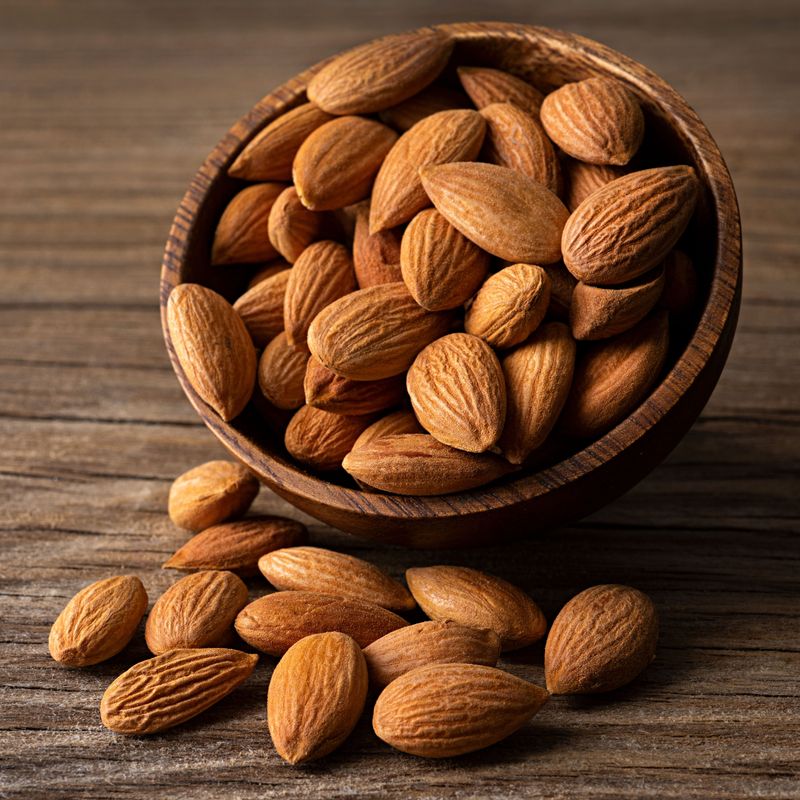
Almonds are crunchy delights that pack a nutritional punch. Rich in vitamin E and healthy fats, they support skin health and brain function. Picture a handful of these golden-brown nuts, perfect for snacking or adding to dishes for a satisfying crunch. The protein content in almonds aids muscle repair and keeps you feeling full longer. Enjoy them raw, roasted, or as almond butter. Originating from the Middle East, almonds have been cultivated for thousands of years, valued for their taste and health benefits. They continue to be a favorite in modern diets.
11. Garlic
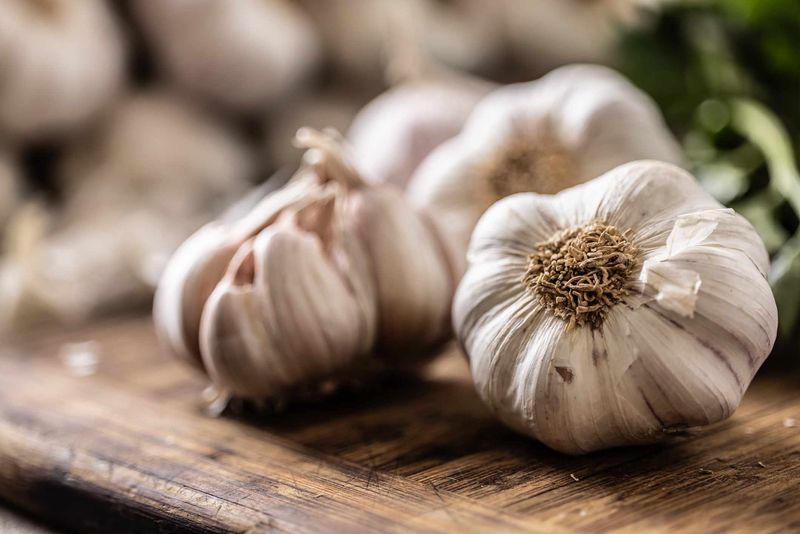
Garlic is a pungent bulb known for its immune-boosting properties. Its anti-inflammatory compounds, like allicin, add flavor and health benefits to meals. Imagine the aroma of garlic sizzling in a pan, enhancing the taste of any dish it’s added to. Garlic supports heart health and combats infections. Use it fresh, roasted, or in powdered form to add a burst of flavor. Historically revered for its medicinal properties, garlic has been used for centuries in culinary and medicinal applications, continuing to be a staple in kitchens worldwide.
12. Quinoa
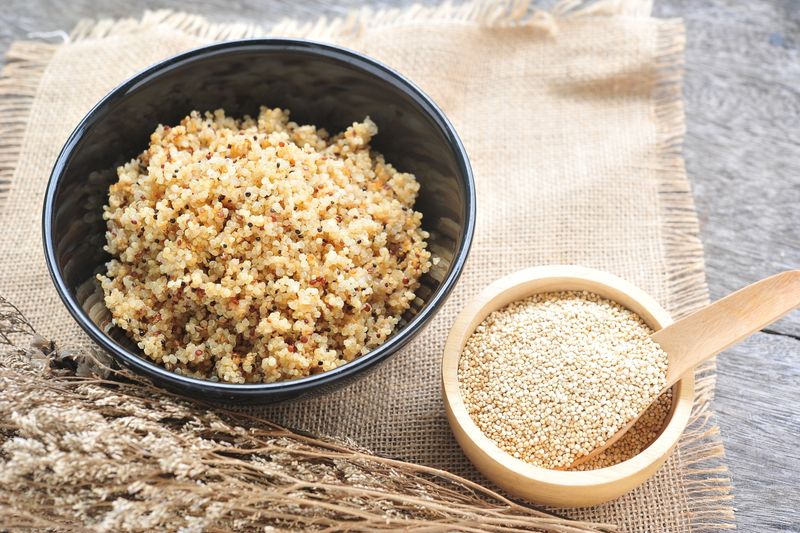
Quinoa, a small grain with a nutty flavor, is a complete source of plant protein. Rich in iron, fiber, and magnesium, it supports energy levels and muscle recovery. Picture a vibrant quinoa salad, mixed with colorful vegetables and a sprinkle of herbs, offering both taste and nutrition. Quinoa’s versatility makes it an excellent base for salads, side dishes, or even breakfast bowls. Originating from the Andean region of South America, quinoa has been a staple food for thousands of years, cherished for its nutritional profile and adaptability in cooking.
13. Eggs

Eggs are a nutrient-packed food, providing high-quality protein and essential fats. The golden yolk is rich in choline, supporting brain and eye health. Imagine a soft-boiled egg, its yolk perfectly runny, melding with a slice of buttered toast. Eggs are versatile, enjoyed scrambled, poached, or in baked goods. Their balanced nutrition makes them ideal for any meal. Historically, eggs have been a dietary staple across cultures, valued for their versatility and nutritional benefits. They continue to be a beloved ingredient, adaptable to countless dishes and culinary traditions.
14. Green Tea

Green tea, a soothing beverage, is rich in antioxidants like EGCG. It supports metabolism, brain function, and immune response. Picture a steaming cup of green tea, its earthy aroma mingling with mint leaves and a slice of lemon. This calming drink is a perfect companion for moments of relaxation and rejuvenation. Known for its detoxifying properties, green tea has been cherished in Asian cultures for centuries, celebrated for both its flavor and health benefits. Its light, refreshing taste makes it a popular choice for those seeking balance and vitality in their diet.
15. Lentils
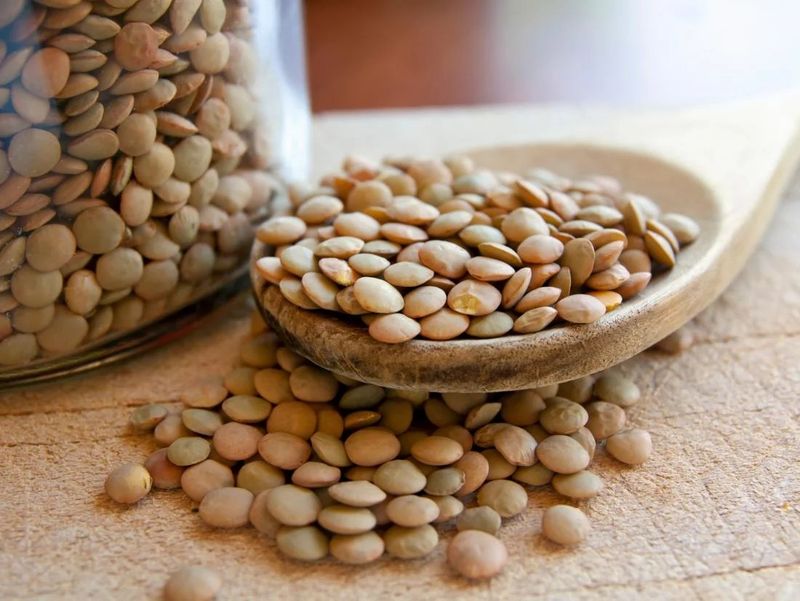
Lentils are nutritious legumes rich in fiber, protein, and iron. They support energy production and digestive health, making them a valuable addition to any diet. Imagine a warm bowl of lentil soup, fragrant with herbs and spices, paired with a slice of crusty bread. Lentils’ versatility allows them to shine in soups, salads, and stews. Historically cultivated in the Near East, they have been a dietary staple for millennia, cherished for their ability to nourish and sustain. Lentils continue to be a beloved ingredient worldwide, appreciated for their earthy flavor and nutritional benefits.
16. Turmeric

Turmeric, with its vibrant yellow hue, is a spice celebrated for its anti-inflammatory properties. Containing curcumin, it offers potent antioxidant benefits. Imagine a pinch of turmeric adding color and warmth to curries, soups, or smoothies. Its earthy, slightly bitter flavor enhances dishes while promoting health. Historically important in Ayurvedic medicine, turmeric has been used for thousands of years to support wellness. Today, it remains a popular spice in global cuisines, prized for both its culinary versatility and health-promoting qualities.
17. Tomatoes

Tomatoes, with their juicy red flesh, are packed with nutrients. High in lycopene, they support heart health and combat oxidative stress. Imagine slicing into a sun-ripened tomato, its sweet, tangy juice enhancing the flavor of salads, sauces, or sandwiches. Their vitamin C content boosts immunity, while potassium aids heart function. Originating from South America, tomatoes have been cultivated for centuries and are now a cornerstone of cuisines worldwide. Their versatility and health benefits make them a staple in kitchens everywhere, cherished for their flavor and nutritional value.
18. Dark Chocolate (70% or higher cacao)

Dark chocolate is a delightful indulgence rich in flavonoids and antioxidants. Supporting heart health and improving mood, it’s both a treat and a health enhancer. Imagine savoring a piece of dark chocolate, its complexity and richness melting on your tongue. Choose varieties with 70% or higher cacao to maximize benefits. Enjoy it in moderation for a satisfying treat. Historically used by the Aztecs, dark chocolate has been treasured for its unique flavor and potential health benefits. Today, it continues to be a beloved indulgence, appreciated for its taste and antioxidant properties.
19. Beets
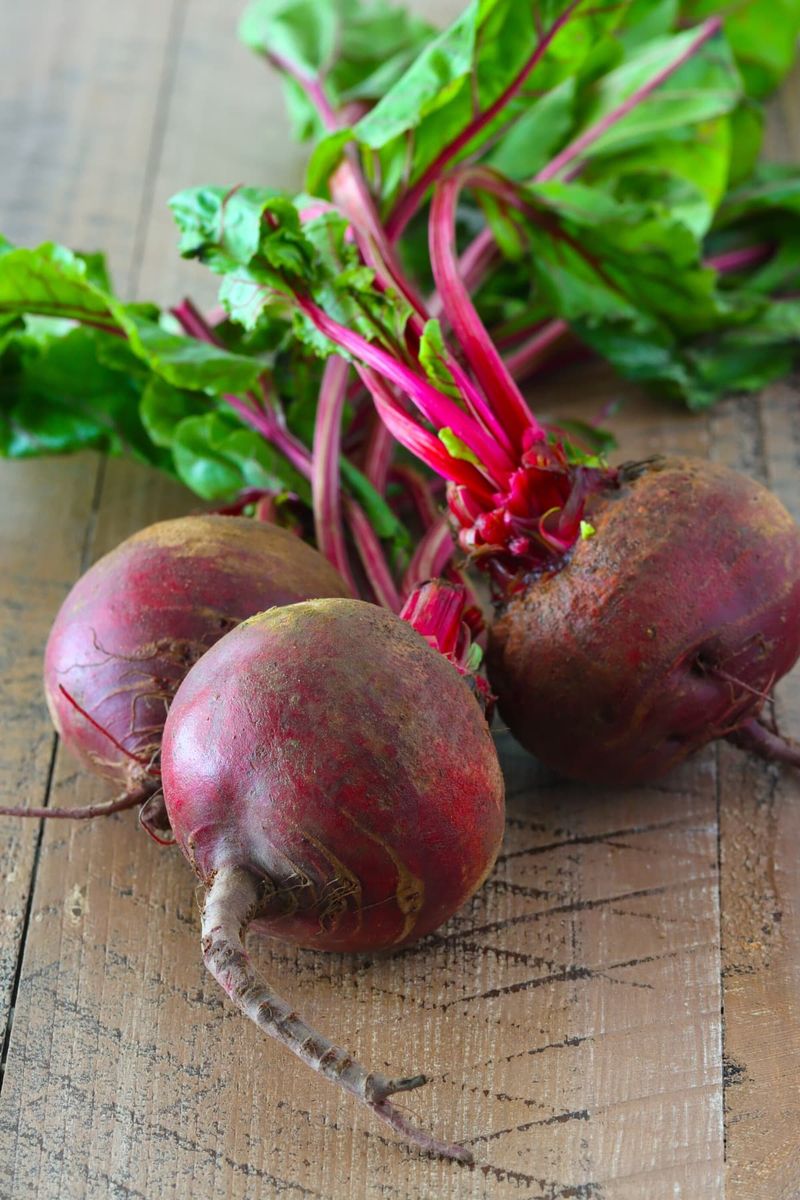
Beets are vibrant root vegetables known for their blood-boosting properties. Rich in nitrates, they improve blood flow and endurance. Imagine a fresh beet, its deep red color staining your fingers as you slice it for a salad or roast. Beets’ earthy sweetness pairs well with both savory and sweet dishes. Enjoy them roasted, pickled, or juiced. Historically cultivated since ancient times, beets have been prized for their health benefits and culinary versatility. Today, they remain a colorful and nutritious addition to any meal, providing both flavor and vitality.
20. Berries (Strawberries, Raspberries, Blackberries)

Berries like strawberries, raspberries, and blackberries are low in sugar and high in fiber. Their vibrant colors and sweet flavors make them a delightful snack or addition to desserts. Imagine a handful of mixed berries, the juicy burst of flavor as you bite into them. Packed with antioxidants, they support skin health and blood sugar control. Sprinkle them on yogurt or blend into smoothies for a refreshing treat. Berries have been enjoyed for their taste and health benefits since ancient times and continue to be favored in diets worldwide for their versatility and nutritional value.
